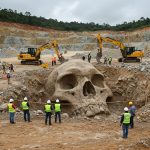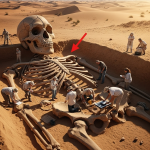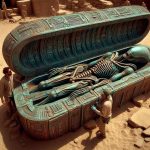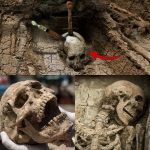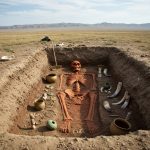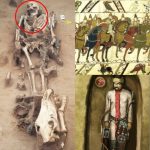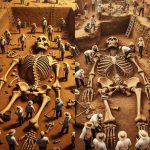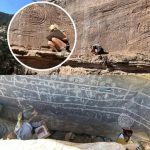The Temple of El Mirador: A Monument to Early Mayan Civilization
The Temple of El Mirador: A Monument to Early Mayan Civilization
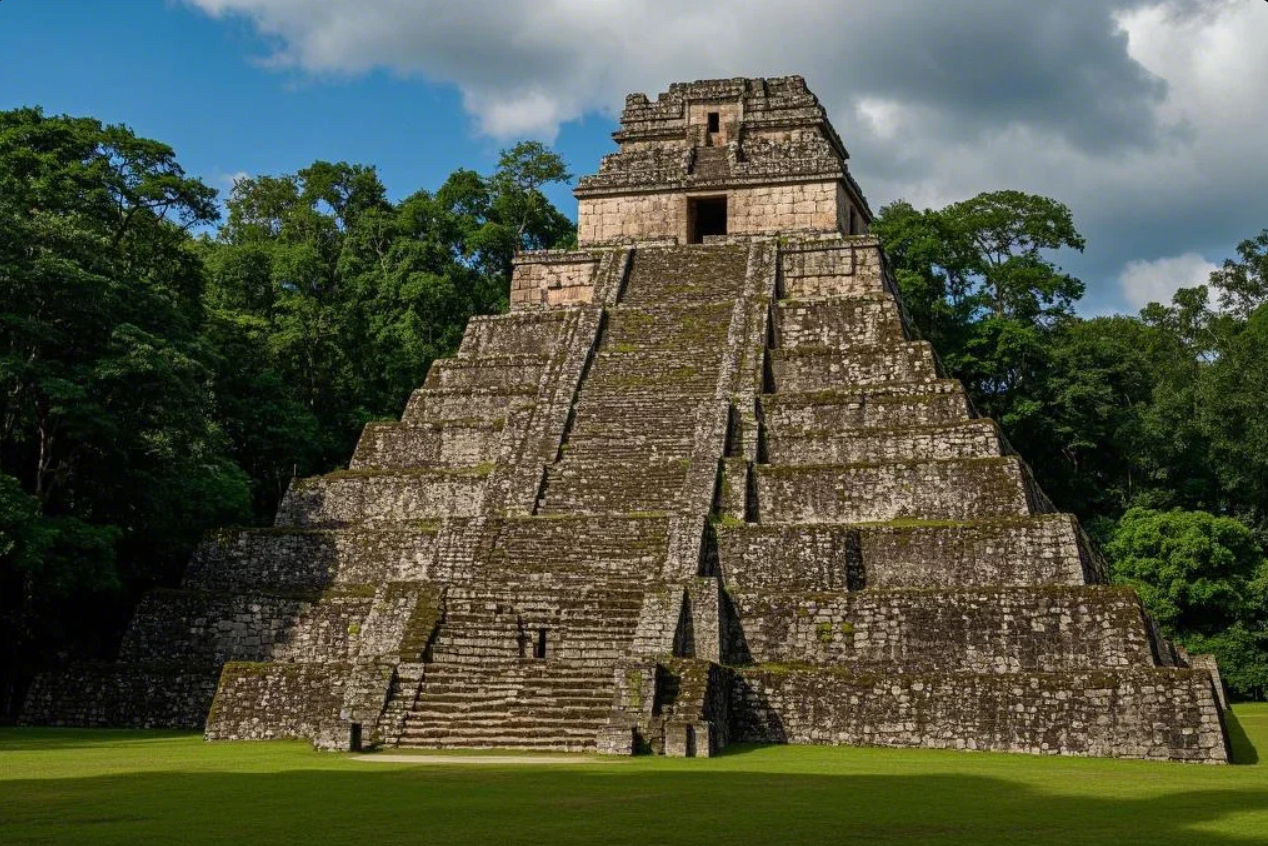
The Temple of El Mirador, built around 600 BCE in what is now Guatemala, stands as one of the most significant archaeological sites of the ancient Maya civilization. The city of El Mirador represents an early and impressive Preclassic Maya urban center, demonstrating advanced architectural and societal structures long before the peak of the Classic period. Towering above the jungle canopy, the La Danta pyramid, reaching an astonishing height of 230 feet (70 meters), remains one of the largest pyramids in the Maya region and serves as a powerful testament to the ingenuity and cultural achievements of the time. However, despite its grandeur, El Mirador was abandoned around 150 CE, leaving behind an enigmatic historical legacy that continues to puzzle researchers.
The Rise of El Mirador: Strategic Location and Resource Abundance
One of the primary reasons behind the growth and success of El Mirador was its advantageous geographical positioning within the lowland rainforest of the Petén Basin. The region provided a wealth of natural resources, including fertile land, water reservoirs, and access to essential trade routes. The area’s abundant resources likely supported intensive agricultural activities, sustaining a large population and enabling the construction of monumental architecture.
The Preclassic Maya of El Mirador developed an advanced system of raised fields and canal networks to optimize agricultural production. These engineered landscapes allowed for the cultivation of staple crops such as maize, beans, and squash, which formed the backbone of the Mayan diet. The surplus food production not only sustained the growing population but also facilitated labor specialization, allowing artisans, architects, and religious leaders to contribute to the city’s development.
In addition to agriculture, El Mirador played a key role in trade networks that connected the Maya with other Mesoamerican cultures. Goods such as jade, obsidian, and cacao were exchanged, contributing to the city’s economic strength and cultural development. The presence of exotic materials in El Mirador’s artifacts suggests strong commercial and diplomatic ties with distant regions, reinforcing its importance as a cultural hub.
Monumental Architecture and Religious Significance
The construction of massive pyramids and ceremonial complexes at El Mirador reflects the community’s deep religious devotion and social organization. The La Danta pyramid, one of the largest structures of the ancient world in terms of volume, stands as a monumental achievement of engineering and labor mobilization. Its construction required the coordination of thousands of workers, underscoring the city’s hierarchical structure and the central role of religious and political leadership.
Religious activities at El Mirador were likely centered around astronomical observations, rituals, and offerings to deities. The layout of the city and its temples appears to align with celestial patterns, suggesting that the Maya incorporated astronomical knowledge into their urban planning and religious practices. Priests and rulers may have used the movement of celestial bodies to determine the timing of agricultural cycles, ceremonies, and political events.
The temples and plazas of El Mirador would have served as gathering places for the community, reinforcing social cohesion through shared religious experiences. These sacred spaces may have been used for processions, sacrifices, and other rituals aimed at appeasing the gods and ensuring the prosperity of the city. The integration of religion and governance was a defining characteristic of Maya civilization, with rulers often regarded as intermediaries between the gods and the people.
The Role of Surrounding Cultures and External Influences
While El Mirador was a formidable center of power, it did not exist in isolation. The city’s development was likely influenced by interactions with neighboring cultures and distant civilizations. Trade routes facilitated the exchange of goods, ideas, and artistic styles, contributing to the cultural dynamism of the region.
Some scholars speculate that early influences from the Olmec civilization, considered the “mother culture” of Mesoamerica, may have played a role in shaping aspects of El Mirador’s art, religious beliefs, and political organization. The presence of Olmec-style motifs and iconography in Maya artifacts suggests a degree of cultural diffusion that may have contributed to the formation of early Maya identity.
The complex political landscape of the time may have also influenced El Mirador’s rise. Competition with other emerging Maya city-states could have driven the rulers of El Mirador to expand their influence, invest in monumental construction, and strengthen their military and economic networks. The city’s ability to attract artisans, traders, and religious leaders from various regions likely played a role in its ambitious architectural projects.
The Mysterious Decline and Abandonment of El Mirador
Despite its prominence, El Mirador experienced a rapid decline and was largely abandoned by 150 CE. The reasons behind its fall remain a topic of debate among scholars, but several theories have been proposed to explain the city’s collapse:
- Environmental Degradation and Resource Depletion: The intensive agricultural practices that sustained El Mirador may have led to deforestation, soil exhaustion, and water shortages. As the environment became less hospitable, food production could have declined, contributing to social unrest and eventual abandonment.
- Climate Change and Drought: Some studies suggest that prolonged droughts during the Preclassic period may have played a role in the collapse of El Mirador. The city’s reliance on water reservoirs and artificial canals would have made it vulnerable to fluctuations in rainfall, potentially leading to food shortages and migration.
- Political Instability and Warfare: The growing competition among Maya city-states may have led to internal conflicts or external attacks. Political instability, power struggles, and rivalries with neighboring polities could have weakened El Mirador’s ability to sustain its population and infrastructure.
- Shifts in Trade Networks: Changes in trade routes and economic systems may have contributed to the city’s decline. If El Mirador lost access to critical resources or was outcompeted by emerging centers of power, its economic foundation could have eroded over time.
Whatever the causes, the abandonment of El Mirador did not signify the end of Maya civilization. Many of its architectural innovations and cultural traditions were carried forward by later Maya cities, such as Tikal and Calakmul, which rose to prominence in the Classic period.
The Enduring Legacy of El Mirador
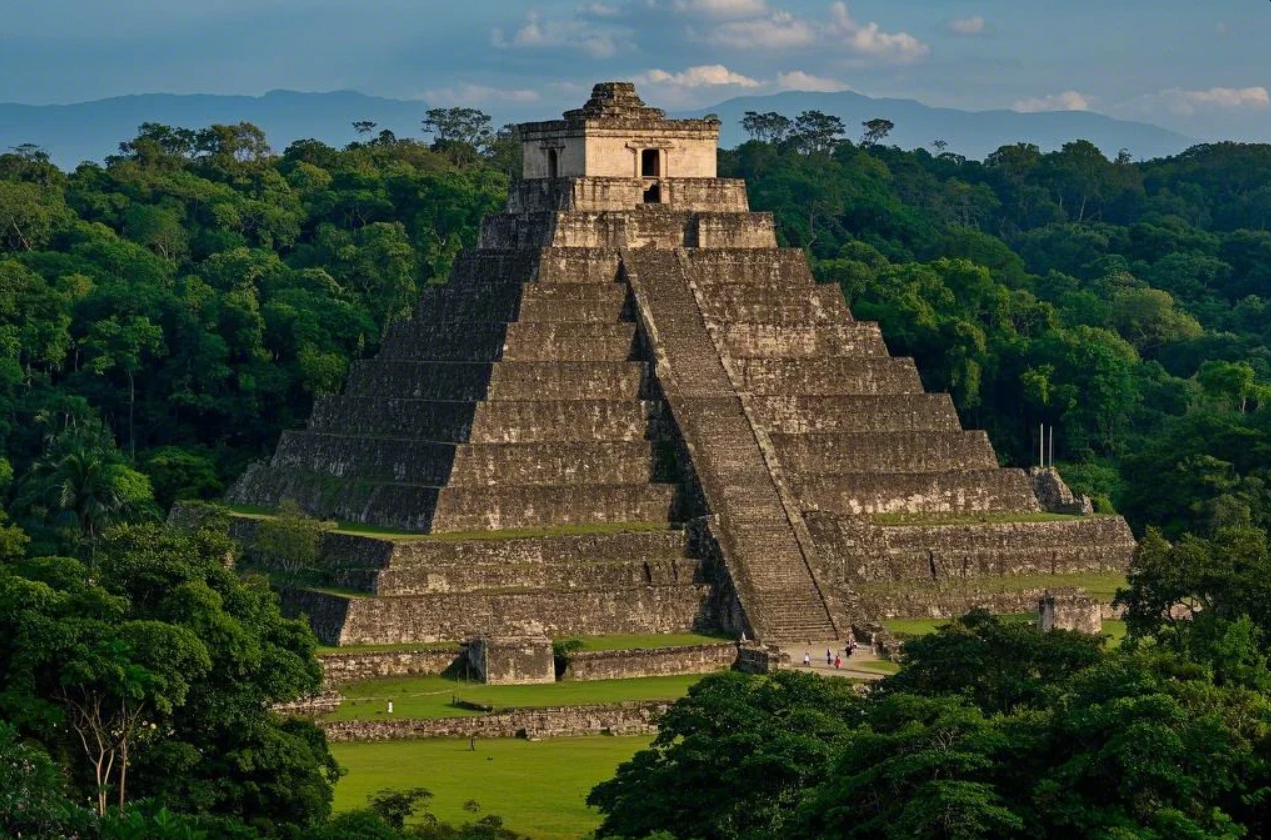
Today, the ruins of El Mirador stand as a powerful reminder of the achievements of the Preclassic Maya. Ongoing excavations and research continue to shed light on the city’s history, providing valuable insights into the early development of Maya civilization. The discovery of elaborate stucco masks, hieroglyphic inscriptions, and well-preserved structures offers a glimpse into the lives of the people who once inhabited this great city.
El Mirador’s cultural and historical significance extends beyond academia. As part of Guatemala’s rich heritage, the site has the potential to inspire local communities and contribute to sustainable tourism initiatives. Efforts to preserve and protect El Mirador from looting, deforestation, and environmental threats are essential to ensuring that future generations can appreciate and learn from this remarkable site.
As research continues, the mysteries surrounding El Mirador and the factors that fueled its early grandeur may one day yield further revelations about this extraordinary civilization. Whether as a center of religious devotion, a hub of trade and innovation, or a testament to human resilience, the Temple of El Mirador remains an enduring symbol of the brilliance and complexity of the ancient Maya.
#ElMirador #MayanSecrets #GuatemalanMystery #LaDanta #ArchaeologyEarly #LostCivilization #CulturalHeritage #UnearthedHistory

